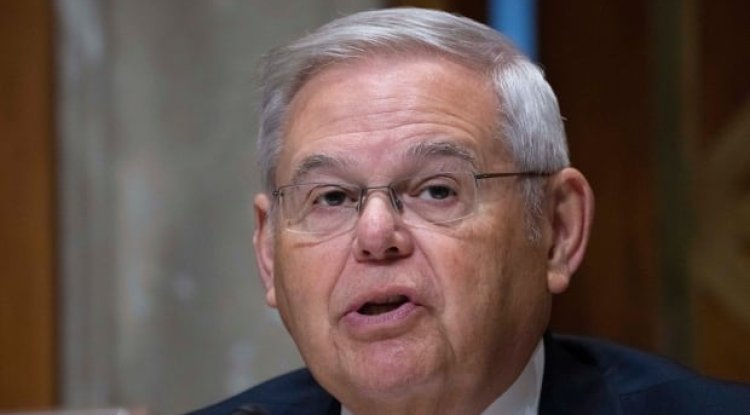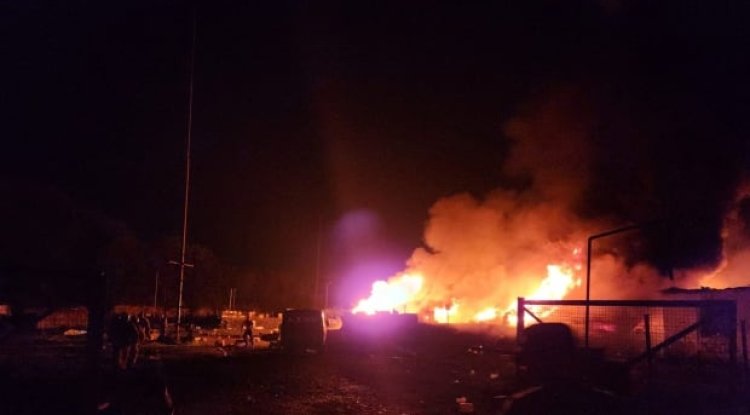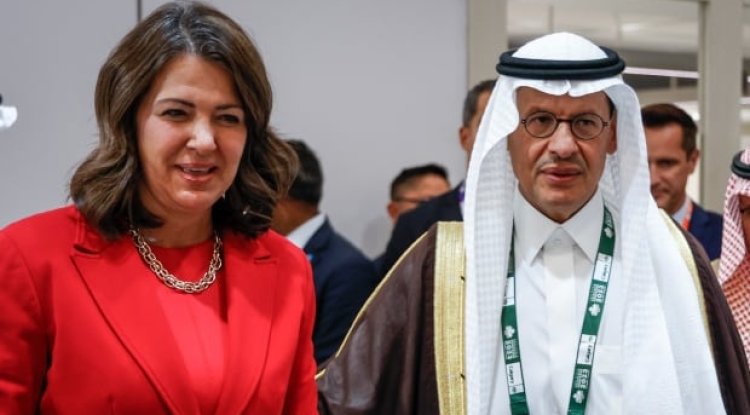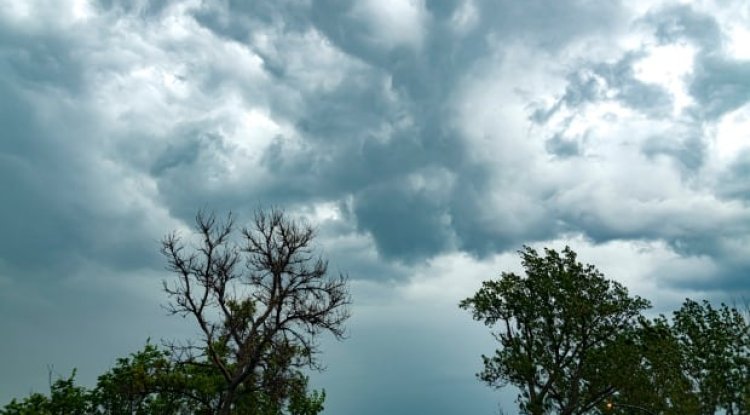Quebec's population is changing. Its electoral map is going to have to change, too
The commission on electoral representation will submit its findings to politicians within the next month. After that, there will be public consultations. (CBC/Radio-Canada)Quebec's electoral map could look different the next time the province goes to the polls. That's because of demographic changes that saw the number of eligible voters increase in some ridings and decrease in others. Some areas, like the Outaouais, may see their political weight grow, while others, like the island of Montreal, may see theirs diminish.The potential changes come as a result of the work of the commission on electoral representation, which this fall will present a proposal to the National Assembly to ensure that all ridings in Quebec have roughly the same number of voters — none of them having 25 per cent more, or less, than the average. The proposal, which will be presented in late September, could recommend that some ridings be combined or enlarged and others divided. The commission decides on the elec


Quebec's electoral map could look different the next time the province goes to the polls.
That's because of demographic changes that saw the number of eligible voters increase in some ridings and decrease in others. Some areas, like the Outaouais, may see their political weight grow, while others, like the island of Montreal, may see theirs diminish.
The potential changes come as a result of the work of the commission on electoral representation, which this fall will present a proposal to the National Assembly to ensure that all ridings in Quebec have roughly the same number of voters — none of them having 25 per cent more, or less, than the average.
The proposal, which will be presented in late September, could recommend that some ridings be combined or enlarged and others divided. The commission decides on the electoral changes, but MNAs are consulted — a process which is sometimes fraught because changing the electoral map is controversial.
It's an exercise that happens every second general election — approximately every eight years. The idea is "to prevent inequalities from becoming too great," said Louis Massicotte, a retired professor of political science at Université Laval.
However, according to a document obtained by Radio-Canada following an access to information request, as many as 14 of Quebec's 125 counties exceed the 25 per cent threshold.
- Get the news you need without restrictions. Download our free CBC News App.
Six ridings have too many voters, notably in the Laurentians and Outaouais, while eight ridings have too few, in remote regions such as Gaspésie, Côte-Nord and Abitibi-Témiscamingue.
The last time the commission performed this exercise, 28 ridings saw their borders shift.

Montreal under the microscope
This time, the commission will likely look at redrawing the ridings in Montreal. There are now 15,000 fewer voters in the city than there were in 2017.
The number of voters has decreased despite an increase in the city's population. Data obtained by Radio-Canada shows that Montreal lost 14,242 voters since 2017 even as its population increased by 53,000. At the same time, regions in the rest of the province added 227,056 voters.
Sébastien Lavoie, an analyst at Statistics Canada, said the population growth in Montreal was due largely to a boom in people who can't vote: non-permanent residents: asylum seekers, foreign students and temporary foreign workers.
"Conversely, people who migrate from Montreal to other regions are more likely to be citizens with the right to vote," Lavoie said, "which contributes to a decline in the number of voters, even though the total population is increasing."
No single Montreal riding has 25 per cent less than the average number of Quebec voters, but several are close, including Viau (-21.22 per cent), Hochelaga-Maisonneuve (-20 per cent), Pointe-aux-Trembles (-19.85 per cent), Sainte-Marie-Saint-Jacques (-18.60 per cent) and Anjou-Louis-Riel (-17.22 per cent), all located in the eastern part of the island.
Montreal, however, is not the only place that could lose out under the current revision of Quebec's electoral map. Others are likely to find themselves in the Commission's crosshairs.
Although they often end up being granted "exceptional" status, several ridings in so-called "remote" regions have seen their situation worsen over the last two electoral cycles.
On a regional scale, a Radio-Canada analysis suggests that the gap between the average number of voters per riding and the Quebec average has widened to reach particularly high levels, notably in Gaspésie (-34.88 per cent), Côte-Nord (-31.32 per cent) and Abitibi-Témiscamingue (-25 per cent).
Population growth in some regions
Not only do six ridings contain more eligible voters than the law allows (Brome-Missisquoi, Richmond, Mirabel, Saint-Jérôme, Papineau and Gatineau), but a dozen others show a gap of 20 per cent to 25 per cent, which could convince the commission to take preventive action to avoid large disparities in the future.
Regions like the Laurentians, the Outaouais or Estrie could be allocated new ridings.

With only five ridings, the Outaouais seems particularly well placed to gain one more seat in the National Assembly. All its ridings are overflowing and are significantly above the Quebec average.
But changes to the electoral map, particularly the elimination of a riding, are generally unpopular, according to Louis Massicotte, who served as commissioner for the Quebec component of the last federal electoral riding redistribution.
"Elected officials, in general, are not very happy about electoral redistribution, because it changes a lot of things," he says. Such an exercise risks losing them constituents with whom they have "established ties" or gaining them others "they don't know," for example.
In 2017, the commission proposed the elimination of the Sainte-Marie-Saint-Jacques riding in Montreal, splitting its area between three other ridings and creating one new riding named Ville-Marie, in the downtown area. But the idea was abandoned a few months later due to the lack of "identity ties" and "socio-economic disparities" between the neighbourhoods the commission suggested grouping together.
This about-face was warmly applauded in Sainte-Marie-Saint-Jacques, notably by Québec solidaire deputy Manon Massé, who had fought to maintain the existence of her riding.
"I'd say that if a commission were looking to win general approval among MNAs, to elicit applause, standing ovations, there would be a very simple way," Massicotte joked. "It would be to write a report of a few pages saying that everything is fine as it is and that we don't see the need for the slightest change."
What's Your Reaction?

















